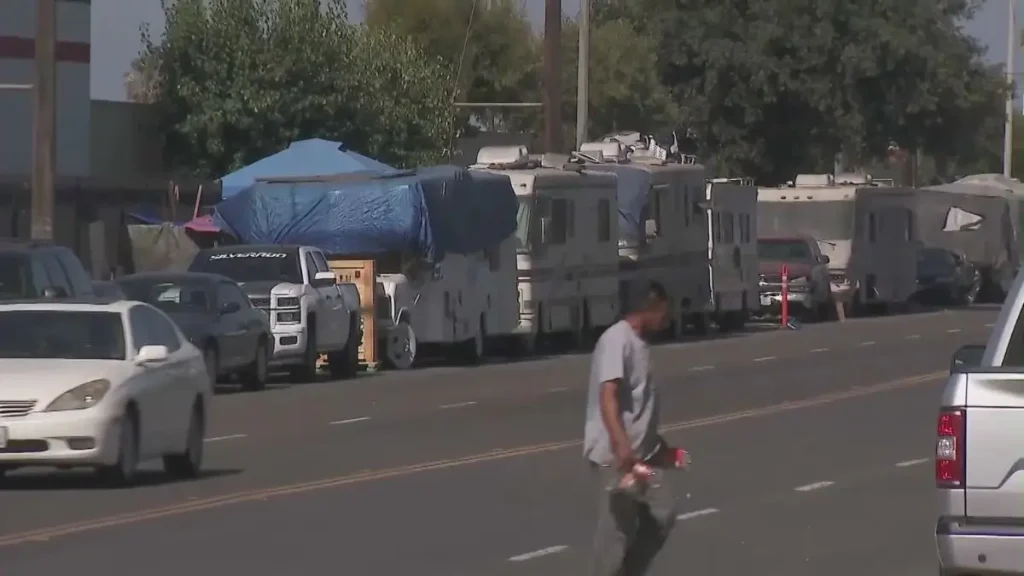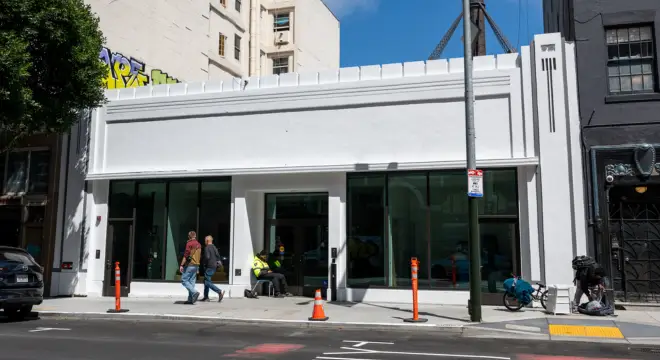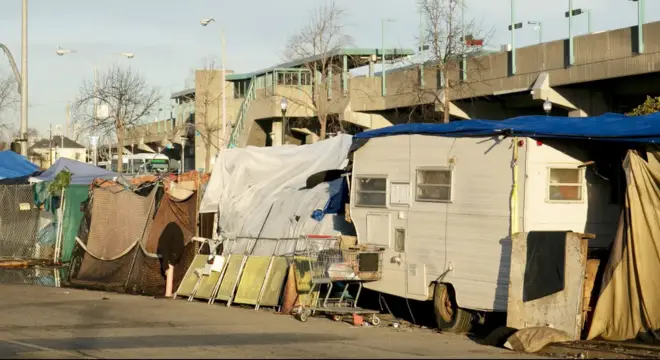LA’s Pathway Home: Transforming Homeless Policies in West Rancho Dominguez
In cities like Los Angeles, the intersection between homelessness, public safety, and housing policy has become more critical than ever. For homeowners, the growing presence of makeshift encampments and RV settlements doesn’t just raise concerns about sanitation and property value—it also highlights a deeper need for community-focused solutions.
While it’s essential to offer support to unhoused individuals, it’s equally important to create policies that keep neighborhoods safe and livable. A recent policy push in Los Angeles County is doing just that—bringing together agencies to act decisively on a growing issue.
Pathway Home – LA County’s Bold Step Toward Safer Neighborhoods
Los Angeles County has launched a powerful initiative called Pathway Home, aimed at addressing the complex problem of homelessness by blending enforcement with compassionate housing solutions.
At the heart of this program is the removal of long-standing RV encampments—many of which have been linked to rising concerns about crime, drug use, and unsanitary conditions. But unlike traditional sweeps, this effort includes a safety net: the provision of interim housing, mental health support, and case management.
A recent operation in West Rancho Dominguez, near Gardena, showcased the full scope of the program. Authorities cleared 50 RVs from public roads, placing 38 individuals into housing arrangements and initiating cleanup of biohazard waste and drug paraphernalia in the area. The effort involved coordinated action from the LA County Sheriff’s Department, the Department of Public Works, Housing for Health, and homeless outreach teams.
This isn’t just a reactive measure—it’s a shift toward proactive governance. According to NBC Los Angeles, the initiative is part of a broader county-wide approach to improve public health, restore community trust, and reduce the long-term impacts of street homelessness on both vulnerable individuals and surrounding residents.
Why It Matters to Homeowners

For homeowners, this isn’t just a news story—it’s a case study in how thoughtful, policy-driven action can improve everyday living. When encampments grow unchecked, they often bring secondary concerns: reduced street visibility, increased foot traffic around private properties, and a rise in petty theft or trespassing.
These may not always be directly tied to unhoused individuals, but the perception of insecurity impacts everyone in the neighborhood.
What LA County has done is set a framework where government accountability meets community safety. By providing services alongside enforcement, they’re showing that security and compassion are not mutually exclusive. For residents in Gardena and similar neighborhoods, it translates into safer sidewalks, more reliable waste management, and a sense of stability returning to their streets.
This kind of policy matters because it directly influences your experience as a homeowner—from how secure you feel in your neighborhood to how much your property is worth. And while it’s the government taking action at scale, there’s plenty you can do at a household level to align with these goals and protect your home’s future.
Home Security Lessons We Can Learn
The Pathway Home initiative reveals more than just a shift in policy—it’s a real-world example of how collective safety can be improved through planning, action, and infrastructure. For homeowners, it brings an important realization: security begins at the street level, but it’s reinforced at your doorstep.
Even before large-scale policies reach your neighborhood, there are proactive steps you can take to strengthen your home security and contribute to community well-being:
- Install outdoor security cameras: These not only deter suspicious activity but also provide footage in case of incidents around encampment-prone areas.
- Smart lighting and motion sensors: A well-lit perimeter can drastically reduce trespassing and unwanted loitering.
- Coordinate with neighbors: Set up or join a neighborhood watch group that shares updates, reports local concerns, and keeps communication open with law enforcement.
- Use city resources responsibly: Reporting encampments or safety hazards through official channels ensures that concerns are addressed with proper support systems, not just enforcement.
These efforts align with the broader message of Pathway Home: safety doesn’t mean ignoring people in need—it means working in tandem with local programs to maintain secure, healthy communities.
Before starting any renovation project, it’s worth understanding how global policies like Trump’s tariffs could quietly raise your home-building costs in 2025.
Practical Home Improvement Ideas for Safer Living

Beyond security gadgets and reporting, homeowners can make simple, long-lasting improvements to boost both safety and property value—especially in areas undergoing urban cleanup or government-led policy changes.
Here are a few practical upgrades to consider:
- Secure access points: Reinforce side gates, garage doors, and rear entryways. Use padlocks, smart locks, or latch systems to limit unauthorized access.
- Install fencing or hedging: Creating clear property boundaries discourages accidental trespassing or loitering around your home.
- Improve outdoor visibility: Trim overgrown trees or bushes near entrances. This reduces hiding spots and gives your surveillance system better coverage.
- Upgrade windows and doors: Especially in older homes, upgrading to shatter-resistant glass and deadbolt locks adds an extra layer of safety.
- Maintain cleanliness outside: Regularly clean your front yard, remove unused items, and lock trash bins—this signals an active and secure household.
These upgrades not only protect your home physically but also demonstrate to others—including local officials and community members—that you’re invested in the safety and integrity of your neighborhood.
Policy-Driven Security – The Way Forward
The success of initiatives like Pathway Home proves one essential truth: safety isn’t just about locks and alarms—it’s about leadership, coordination, and long-term planning. When governments, law enforcement, and health agencies come together with a clear plan, real change happens—both for vulnerable populations and for the homeowners living nearby.
But while these policy efforts create the foundation for safer communities, they don’t replace the responsibility homeowners carry within their own property lines. In fact, public policy works best when paired with informed, proactive residents who understand their role in the bigger picture.
By staying informed, supporting humane yet firm policies, and upgrading your home’s security measures, you can directly contribute to a safer, cleaner, and more unified neighborhood environment.
Final Thoughts
Los Angeles County’s Pathway Home initiative offers a powerful example of how targeted, compassionate policy can reshape not just public spaces—but also the sense of safety residents feel in their own homes. For homeowners, it’s a reminder that both policy and personal action are needed to protect what matters most.
Whether you live in an urban zone facing similar challenges or simply want to future-proof your home, the time to act is now. Invest in smarter security tools, make meaningful home improvements, and engage with your local community.
Because when it comes to homeownership, a secure house is only as strong as the neighborhood around it.
For more guides on securing your home and understanding how local policy impacts your safety, visit our website and stay informed.
Disclaimer: This article is for informational purposes only and reflects publicly available news and housing policy developments at the time of writing. BuildLikeNew does not represent any government body or law enforcement agency. While we aim to provide accurate insights and home improvement suggestions, readers should consult local authorities or professionals for official guidance on homelessness policy, public safety, or home security installations.


